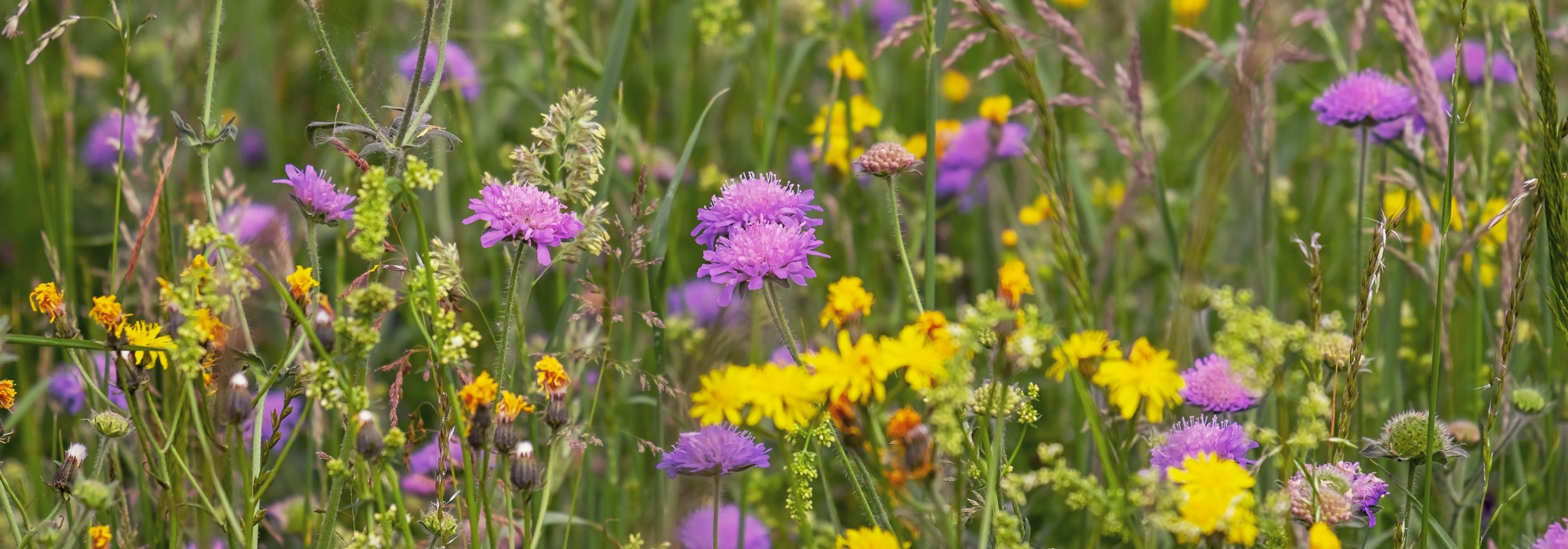
Sowing a flower meadow: why, how
An island of biodiversity in your garden
Contents
Are you tired of the same old green of your lawn? Do you want to spend less time mowing your short grass meadow? Does your garden have an area that has been somewhat neglected that you would like to enhance naturally?
What if you opted for a bucolic setting by sowing a flower meadow?
Sowing a flower meadow has multiple benefits. It allows you, at a low cost, to transform a fallow area, a flower bed, or part of your lawn into a rural decor. The icing on the cake is that it also saves time on maintenance. Indeed, a flower meadow only requires one or two mowings a year compared to the multiple cuts needed for a standard lawn. Moreover, and most importantly, it promotes biodiversity. As a refuge area and source of food, it is beneficial for beneficial garden insects, such as ladybirds, as well as pollinators, butterflies, birds, and small mammals.
Here are some explanations to guide you in your choice of flower meadow, to discover some ideas for use and practical tips for sowing and maintaining your flower meadow.
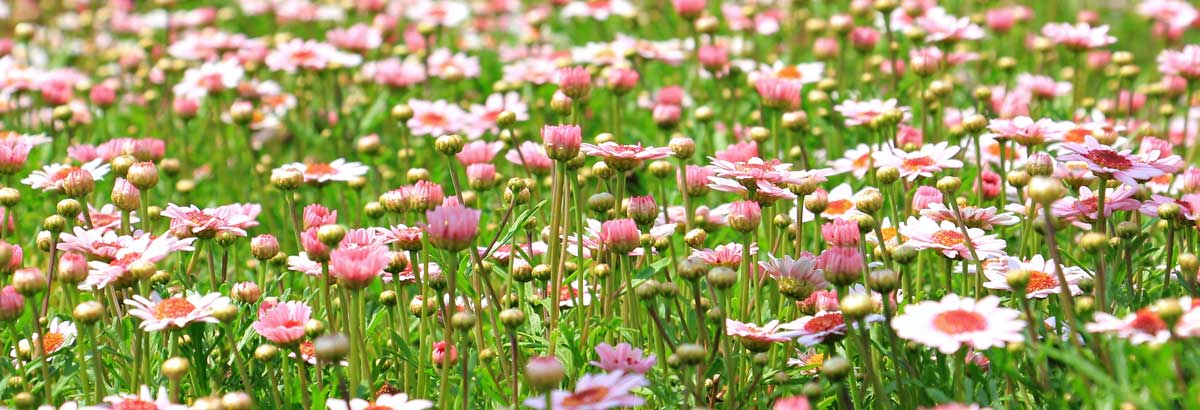
Seeds for flowering meadow, which mix to choose?
Whether in a meadow or a flowering fallow, you will find a varied choice of species mixes to sow. To make the right choice, you can consider several criteria:
The lifespan of the flowers
The difference between a flowering meadow and a flowering fallow lies in the lifespan of the flowers:
- the mixes for flowering meadows are composed of annual, biennial, and perennial flowers, making them relatively durable,
- the mixes for flowering fallows are composed of annual flowers, intended to last only one year. This is the option you would choose to temporarily occupy the space.
The desired style
The choice of a mix depends on your tastes. There are mixes of simple wildflowers like cornflowers, poppies, etc., which will give a very countryside feel to your garden, as well as more complex mixes based on one or two dominant colours or that correspond to a style (medieval, baroque…). Some mixes are also specially designed to create wildflower bouquets (sure to be a hit with children!). They include many varieties such as zinnias, malopes, gypsophila, marigolds, etc.
The desired objective
Flowering meadows and fallows are very useful as they provide shelter and food for birds, many insects, including pollinators, and butterflies. Some mixes can also have a repellent effect. Thus, near the vegetable garden, you can sow flowering strips aimed at creating a barrier against Colorado beetles or slugs, but also to attract beneficial insects to protect your crops from potential pests, such as aphids.
The location of the flowering area
Flowering meadows generally grow easily, in full sun, in any good garden soil. However, some mixes are particularly suited to challenging flowering spots: shade, the base of trees, dry soils, banks, or recently disturbed soils that need enriching… These should be prioritised.
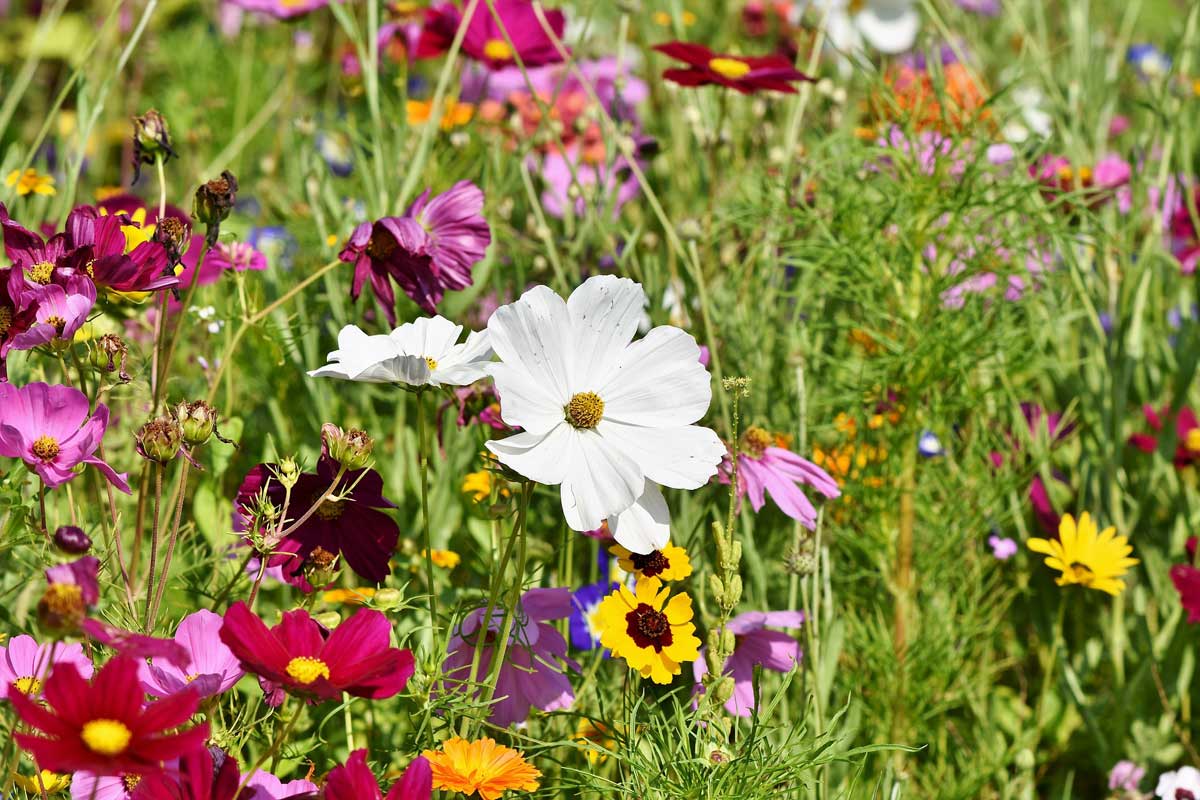 A mix of flowers easy to pick for children
A mix of flowers easy to pick for children
Note that to create a more ecological and sustainable meadow, your choice should focus exclusively on native species. Therefore, if you live in the countryside, it is quite possible to collect seeds from a natural and local meadow and then reseed them in yours. This is quite laborious, but native flowers, already adapted to your region, will thrive more easily over time.
When to sow a flower meadow?
You can sow your flower meadow:
- either in spring, from March to May,
- or in autumn, between September and October.
Autumn sowing has the advantage of allowing the seeds to establish better, particularly for perennial species. The winter cold also helps to break the dormancy of the seeds: in its presence, they “wake up” and germination in spring is all the better for it.
Spring sowing is more ideal for mixtures composed of annual flowers. Ideally, it should be done in March for better establishment of the meadow.
Discover other Fallows and meadows in flower
View all →Available in 1 sizes
Available in 1 sizes
Available in 1 sizes
Available in 1 sizes
Available in 1 sizes
Available in 1 sizes
Available in 2 sizes
Available in 1 sizes
Available in 1 sizes
Available in 1 sizes
How to sow a flower meadow?
A flower meadow is established on soil that has been previously prepared for sowing.
First step: weeding the plot
If you are a whiz with a spade and are eager to sow your meadow, you will proceed as follows:
- Mow the existing grass or short grass meadow very short, with the collection box in place.
- Then take a spade or hoe and remove the top 5 centimetres of soil. The aim is to remove all the roots of the grass.
This method is quite physical, which is why I suggest a less tiring alternative to be carried out in autumn:
- mow it down as we have just seen,
- spread a tarpaulin, cardboard, or a very thick layer of straw to smother and kill the grass over winter.
- At the beginning of spring, remove the tarpaulin or the remnants of cardboard or straw from the plot.
Second step: preparing the soil
Once the plot is weeded, you can prepare the soil for sowing. To do this:
- start by loosening the soil with a broadfork or spading fork,
- level and break up clumps with a rake,
- rake finely.
If your soil is regularly and quickly overrun by adventive plants, you can use the technique of false sowing at this point. In this case, the actual sowing of the meadow takes place 15 days to 3 weeks later.
Third step: sowing the flower meadow seeds
This is the simplest and easiest step:
- sow the seeds by scattering ensuring to cover the entire surface of soil as evenly as possible,
- roll the lawn roller (or the back of a spade) to ensure the seeds are in good contact with the soil,
- water with a fine spray to avoid displacing the seeds;
N.B: It is important not to overdo the sowing rate. Generally, 5 to 7 grams of seeds per m² is recommended. Beyond this, the plants will tend to become leggy and compete with each other. To determine the right amount of seeds to sow, it is strongly recommended to calculate the area to be covered and then weigh the seeds.
Example: for a strip of 4 metres by 5 metres, or 20 m2, you will need 20 x 7 grams = 140 grams of seeds, at most.
Properly maintaining and prolonging a flower meadow
The flower meadow requires no maintenance, except for a cut at the end of the season.A golden rule: forget the lawnmower for maintaining a flower meadow! You would undermine your efforts for the year as the insects (eggs, larvae, nymphs, and adults) and the nests of pollinators present in the herbs would be sucked up and shredded. Similarly, using a lawnmower would suck up the seeds of the annuals when we want them to self-seed spontaneously. Consistency is key!
So how do you maintain a flower meadow?
- When to cut?If the meadow is already established or if it was sown in autumn, the first cut should be done in mid-May, which will encourage flowering across the entire area from July to October. A second cut should then be done in mid-October.
- How to cut?For small areas, use a hand sickle, scythe, or strimmer. For larger areas, a backpack brush cutter is more suitable.If you want to prevent nitrophilous species like nettle, thistle, and hogweed from taking over, you should avoid enriching the meadow by leaving the cuttings to decompose on site. After cutting, let the residues dry for a few days to lose weight, then gather them and remove them with a fork. For large meadows, I recommend cutting in a concentric manner, starting from the centre and moving outwards, allowing insects to escape to the periphery. It is also possible to maintain a refuge area for wildlife and only cut this part every two or three years. Ideally, this refuge area should cover a quarter of the flower meadow’s surface.
- Subscribe!
- Contents


































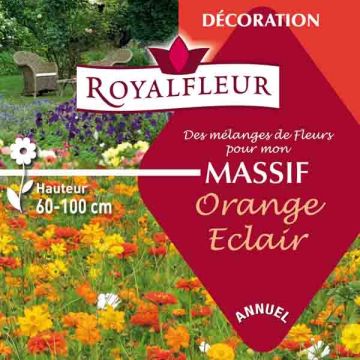


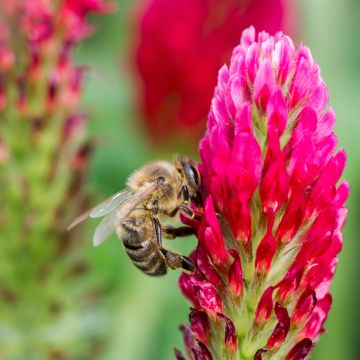
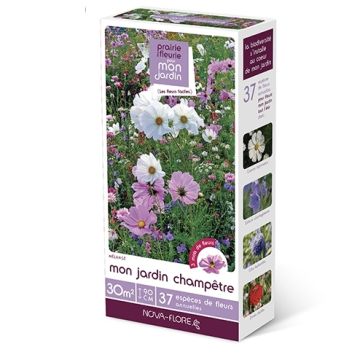


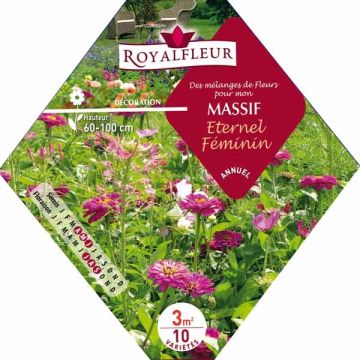
Comments